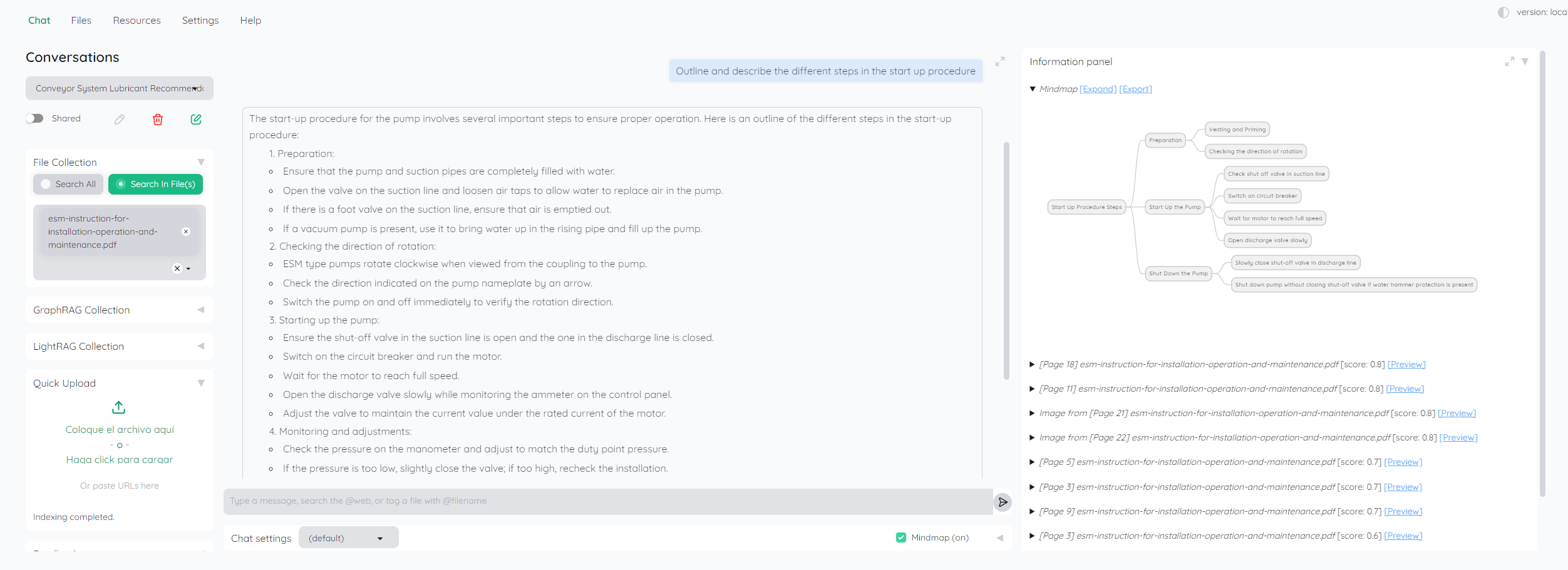The workplace is evolving at an unprecedented pace, and digital transformation is at the heart of this change. For mechanical engineers, this shift is not just about adopting new tools or technologies—it’s about redefining how we collaborate, innovate, and solve problems. Digital transformation is breaking down barriers, enabling seamless communication, and fostering a culture of shared knowledge and creativity.
At the core of this transformation is the integration of digital tools that connect teams, regardless of their physical location. Cloud-based platforms, for instance, have become indispensable for collaborative design and project management. Engineers can now access and work on the same 3D models, simulations, and technical documents in real-time, eliminating the delays and inefficiencies of traditional file-sharing methods. This level of connectivity ensures that everyone on the team is on the same page, whether they’re in the office, on-site, or working remotely.
Another game-changer is the rise of digital twins—virtual replicas of physical systems or products. These tools allow teams to collaborate on design iterations, test scenarios, and troubleshoot issues in a virtual environment before implementing changes in the real world. By simulating outcomes and sharing insights in real-time, engineers can make faster, more informed decisions, reducing the risk of errors and rework. This collaborative approach not only accelerates project timelines but also enhances the quality of the final product.
Artificial intelligence (AI) and machine learning are also playing a pivotal role in transforming collaboration. AI-powered tools can analyze vast amounts of data to identify patterns, predict outcomes, and suggest optimizations. For mechanical engineers, this means being able to collaborate with AI systems to refine designs, improve energy efficiency, or predict equipment failures. These insights can be shared across teams, enabling a more data-driven and collaborative approach to problem-solving.
Communication has also been revolutionized by digital transformation. Tools like video conferencing, instant messaging, and collaborative whiteboards have made it easier than ever for engineers to share ideas, provide feedback, and brainstorm solutions. Virtual reality (VR) and augmented reality (AR) are taking this a step further, allowing teams to visualize complex designs and interact with them in immersive environments. This level of engagement fosters creativity and ensures that all stakeholders, from designers to clients, can contribute meaningfully to the project.

Digital transformation is also breaking down silos between departments. Mechanical engineers can now collaborate more effectively with colleagues in electrical, software, and civil engineering, as well as with non-technical teams such as procurement and marketing. Integrated platforms and shared data repositories ensure that everyone has access to the information they need, promoting cross-functional collaboration and alignment.
However, this transformation is not without its challenges. Adapting to new tools and workflows requires a shift in mindset and a commitment to continuous learning. Organizations must invest in training and support to ensure that their teams can fully leverage these technologies. Additionally, the increased reliance on digital tools raises concerns about data security and privacy, which must be addressed through robust cybersecurity measures.
In conclusion, digital transformation is fundamentally changing how mechanical engineers collaborate in the workplace. By embracing cloud-based platforms, digital twins, AI, and advanced communication tools, teams can work more efficiently, creatively, and cohesively. This shift is not just about improving processes—it’s about empowering engineers to push the boundaries of innovation and deliver solutions that were once unimaginable. As we continue to navigate this digital era, the ability to collaborate effectively will be a key driver of success for mechanical engineers and the organizations they serve.
